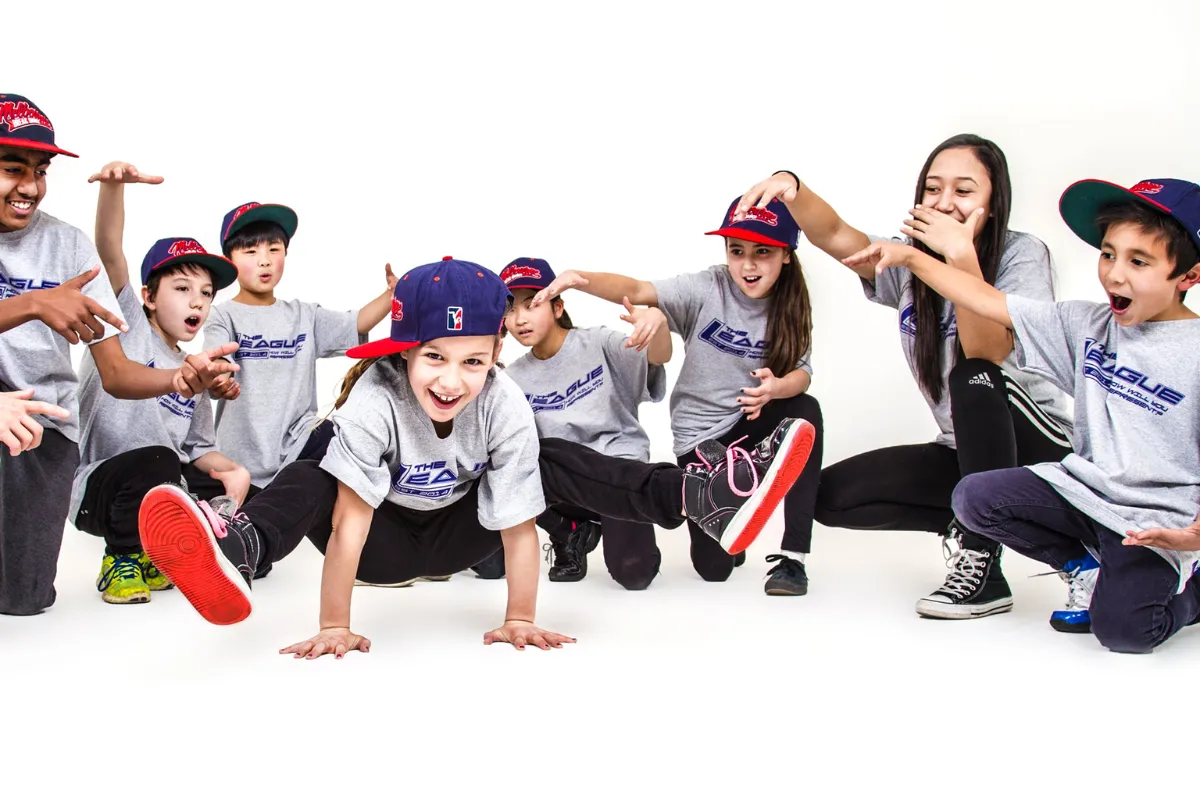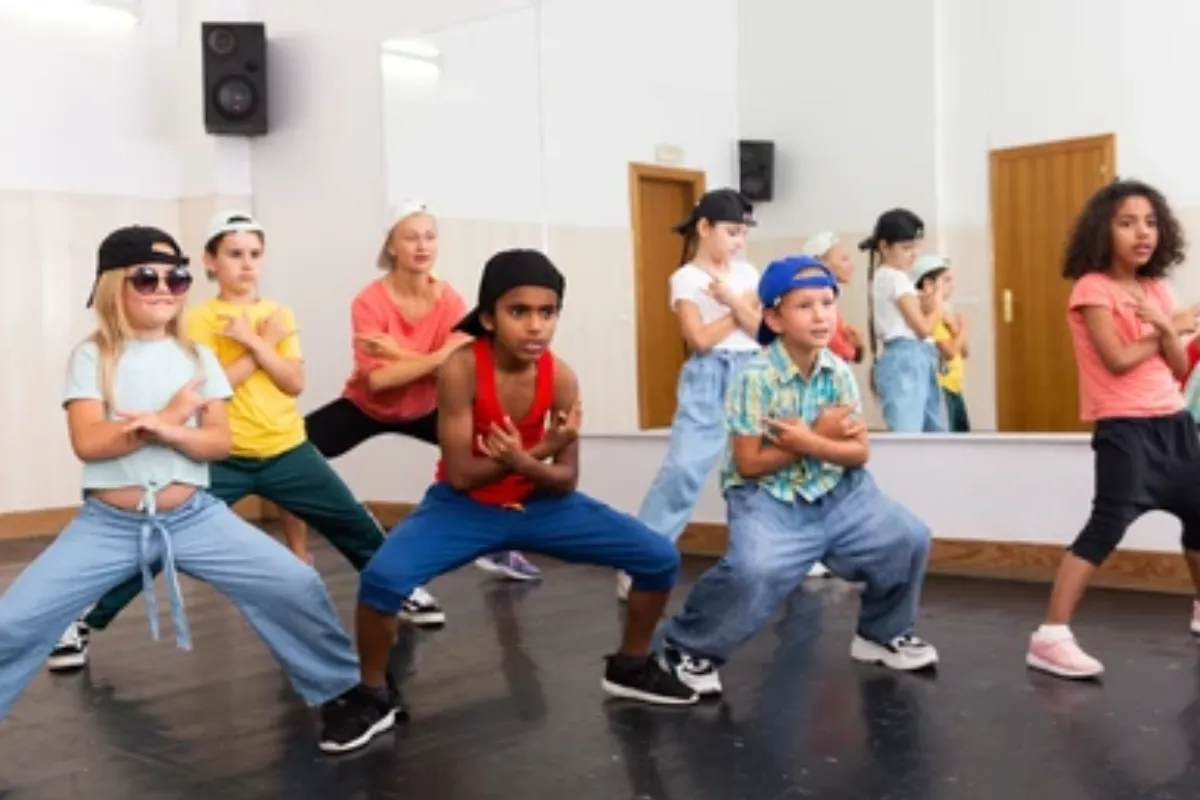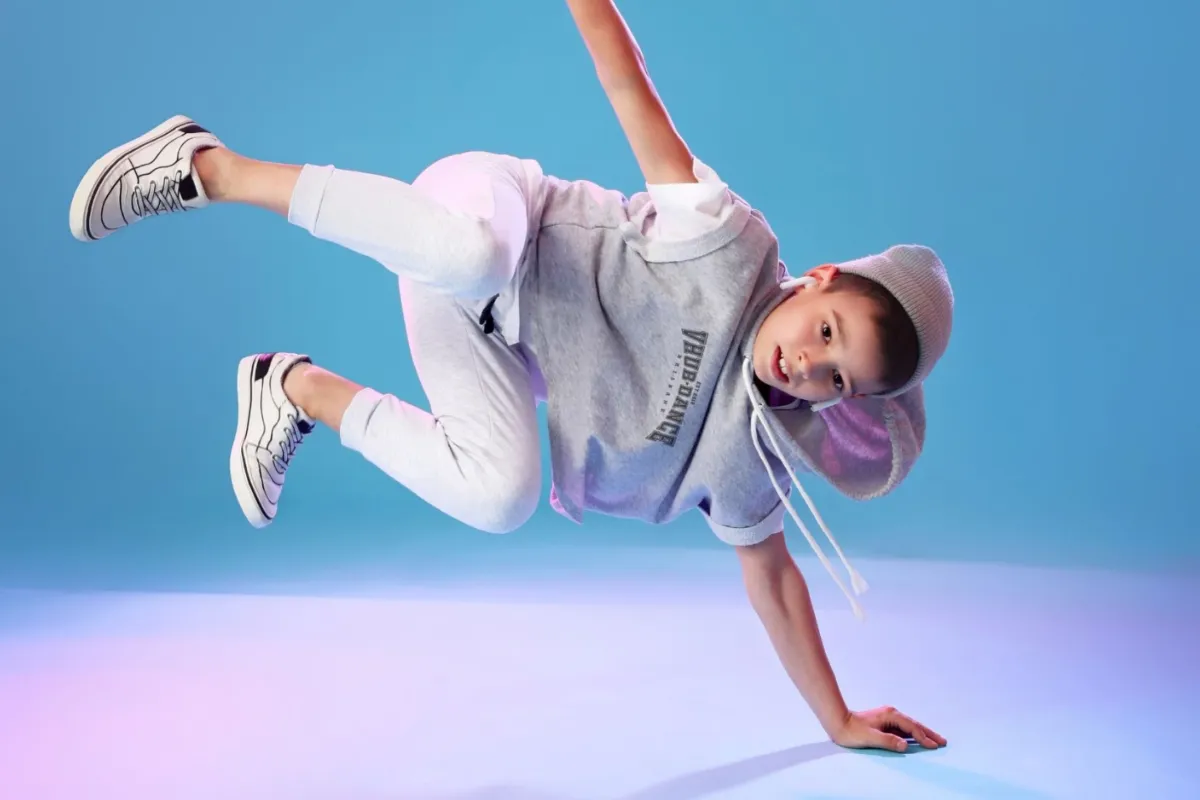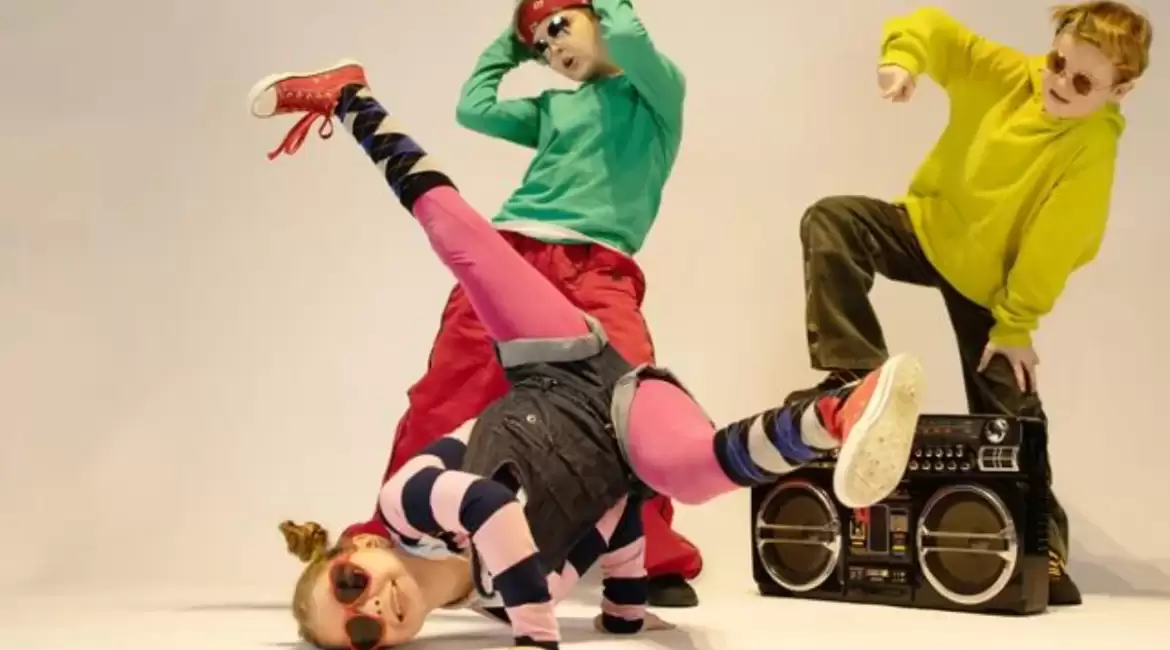The quest for enriching activities to enhance our children’s lives can feel overwhelming. Amidst the plethora of traditions and trends, there’s always a new option to explore. In the hustle and bustle of busy lives, both parents and children seek activities that nurture the whole child—body, mind, and spirit. Take a pause from the ordinary and consider why breakdance stands out as an exceptional choice for your child’s long-term engagement. So, why is breakdance such a great activity for kids? Let’s delve into this with Learn Breakdance in this article.
What is Breakdance?
What is Breakdance? Breakdance, often referred to simply as breaking, is a dynamic and acrobatic form of street dance that originated in the Bronx borough of New York City during the 1970s. It is one of the key elements of hip-hop culture, alongside graffiti art, DJing, and MCing (rapping). Breakdancing is characterized by its athletic movements, intricate footwork, spins, freezes (static poses), and power moves (acrobatic feats). It emerged from African American and Latino youth communities as a form of expression and a way to channel creativity and competition.

Breakdancing gained popularity through competitions known as “battles,” where dancers showcase their skills individually or in teams. The dance style spread globally during the 1980s and 1990s, becoming a worldwide phenomenon and influencing various other dance forms and popular culture.
Today, breakdancing continues to evolve with new techniques and styles, performed both competitively and socially. It remains an integral part of urban dance culture, celebrated for its athleticism, creativity, and ability to connect people across different backgrounds and communities.
Origins of Breakdance
Several key factors significantly contributed to the development and widespread popularity of breakdancing. Below are detailed insights into its origins and the forces that propelled its evolution:
- Street Culture and Urban Environment: In the 1970s, the South Bronx faced profound challenges including economic disparity, racial segregation, and urban decay. Despite these hardships, young people in the neighborhood sought creative outlets for self-expression.
- Block Parties and DJ Culture: DJ Kool Herc, a pivotal figure in the early hip-hop scene, gained acclaim for his legendary parties in the Bronx. He pioneered the technique of “breaking,” where he extended the instrumental breaks in funk and soul records. These block parties became fertile ground for the nascent hip-hop movement, with breaking emerging as a central element.
- Influence of Martial Arts and Gymnastics: Breakdancing incorporated influences from various movement disciplines such as martial arts and gymnastics. This blend introduced spins, flips, and intricate footwork into its routines, contributing to the dynamic and acrobatic style that defines breakdancing.
- Competition and Innovation: Breakdancing thrived in competitive environments, where dancers engaged in battles to showcase their skills. These contests, often held in circles or cyphers, provided platforms for demonstrating mastery in footwork, freezes, power moves, and spontaneous improvisation. Dancers continuously pushed boundaries, exploring new moves and techniques to elevate the art form.
- Media Exposure and Globalization: Breakdancing gained significant visibility beyond the Bronx through media channels such as films, music videos, and television shows during the late 1970s and early 1980s. Productions like “Wild Style” and “Beat Street” played crucial roles in introducing breakdancing to global audiences, facilitating its rapid dissemination and cultural impact worldwide.
In summary, breakdancing’s evolution and popularization were propelled by a combination of urban adversity, creative innovation, competitive spirit, and effective media exposure. These elements not only shaped its early development but also laid the foundation for its enduring influence on global dance culture.
Elements of Break Dancing

Breakdancing comprises several distinct elements that together form its dynamic and expressive nature:
- Toprock: Toprock serves as the introductory phase of a breakdancing routine, setting the rhythm and style. Dancers employ a variety of steps, shuffles, and gestures using their upper body, arms, and legs. This phase not only engages with the music but also establishes a connection with the audience, creating a seamless transition into more complex movements.
- Downrock: In contrast to Toprock, Downrock focuses on intricate footwork executed close to the ground. Dancers perform spins, sweeps, and intricate floor patterns using their hands, feet, and knees. Downrock showcases agility, precision, and creativity, often acting as a transitional element leading into power moves or freezes within a breakdancing routine.
- Power Moves: Power moves are the acrobatic and dynamic maneuvers that define breakdancing’s athleticism. These moves involve spins, flips, and rotations executed with speed and control, often on hands, heads, or backs. Power moves inject excitement and intensity into performances, highlighting the dancer’s ability to generate momentum and execute precise movements. Mastery of power moves requires dedicated practice and conditioning, underscoring the commitment and skill of breakdancers.
- Freezes: Freezes are dramatic poses that momentarily pause movement, emphasizing balance and control. Dancers execute freezes using various body parts, adding artistic flair and punctuation to their performances. Achieving a freeze requires impeccable timing and strength, demonstrating the dancer’s command over their body and their ability to captivate audiences with visually striking poses.
Each element of breakdancing contributes uniquely to its expressive and competitive nature, reflecting both individual creativity and the collective evolution of this vibrant dance form.
3 Benefits of Breakdance for Kids

Don’t Just Sit There
Children possess an innate drive to explore and understand their surroundings, manifesting in their instinctual urge to touch, jump, run, and spin their way through childhood. Harnessing these natural movements and spontaneous delights is just one facet of the numerous benefits that breakdancing offers for kids. Breakdancing demands physical strength and stamina, engaging the entire body through structured and creative movements alike.
Participating in a breakdancing class provides children with an outlet to expend their energy in a dynamic and engaging environment. This not only strengthens their physical bodies but also cultivates their ability to plan and execute movements systematically, sustainably, and safely. By encouraging these qualities, breakdancing nurtures not just physical fitness but also cognitive and creative development in young dancers.
Inspiring Confidence

In today’s world, our children are bombarded with social messages throughout their day, dictating who they should be, how they should appear, and what they should aspire to become. Breakdancing offers a refreshing counterbalance by fostering a growing sense of self through its options for individual and team participation. Unlike many other activities, breakdancing celebrates each child’s unique identity, emphasizing self-expression and creativity without imposing a singular “correct” way to perform moves or choreography.
By mastering the basics, children are empowered to explore limitless possibilities, developing their own styles and bolstering their confidence along the journey. This process not only nurtures artistic expression but also cultivates resilience and self-assurance in young dancers.
Moreover, breakdancing serves as a platform for teamwork and collaboration in the arena of dance battles. Children quickly learn that their individual skills contribute to the collective performance of their team during these competitive engagements. This environment fosters healthy competition, where youngsters channel their mental and physical energies into synergistic team efforts. Through these experiences, children not only refine their dance techniques but also build essential social skills such as communication, cooperation, and mutual support.
In essence, breakdancing offers our children more than just physical activity; it provides a transformative space where they can explore their identities, express themselves authentically, and forge meaningful connections through teamwork and shared passion for dance.
Be Well

Developing a robust emotional well-being is paramount for youth. Central to this is fostering an empowered sense of self that embraces diversity—an ethos firmly upheld in breakdancing. Unlike many pursuits, breakdance actively encourages risk-taking and learning from mistakes, nurturing an evolving appreciation for others’ unique perspectives and abilities.
Children engaged in breakdancing cultivate not only self-trust but also demonstrate a genuine acceptance of their peers. Through this art form, they learn firsthand the value of inclusion, a fundamental principle deeply ingrained in breakdancing culture. This process not only enhances their individual growth but also fosters a community where respect and mutual understanding thrive.
The quest for the ideal activity for your child can now conclude. Breakdancing for kids offers a compelling choice that resonates with its progressive and dynamic nature. There’s ample space in the schoolyard for your children to embrace this amazing opportunity.


Leave a reply